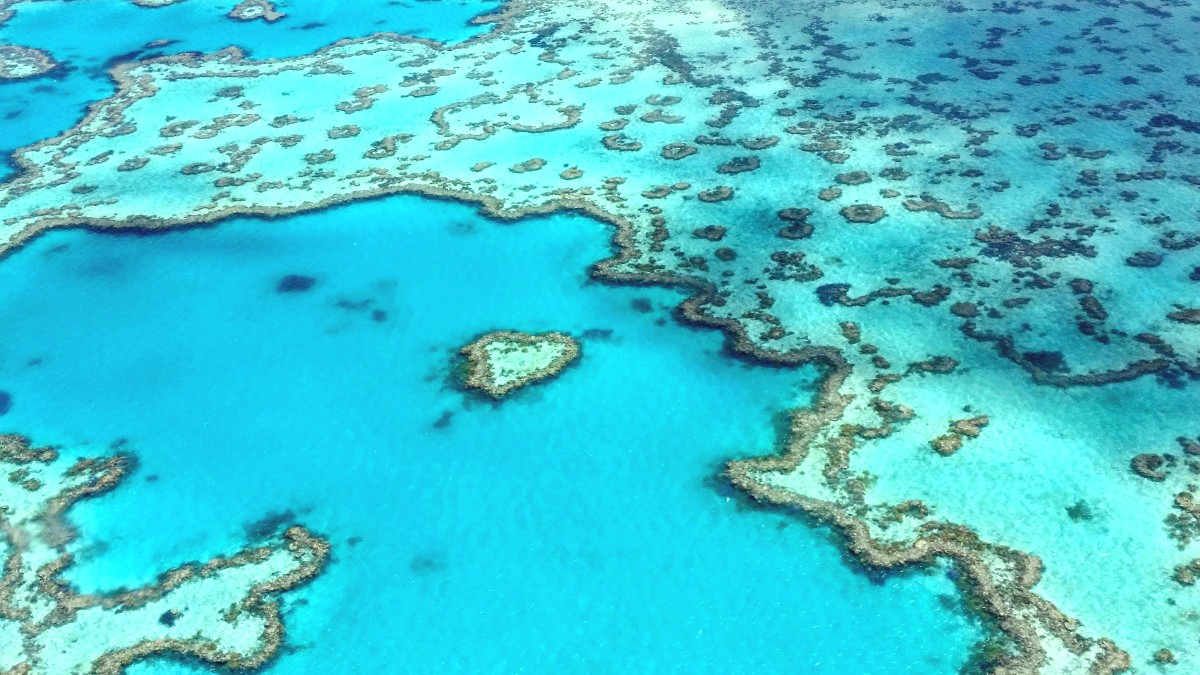
Queensland, Australia
Public transport in Cairns focuses on its bus network. The main system, operated by Sunbus/TransLink, covers Cairns city, the northern beaches (Palm Cove, Clifton Beach), and surrounding suburbs.
The network coordinates public transport across Queensland, providing an efficient way to move around without a car.
Go Card: Queensland's electronic ticketing system. Purchase and top up Go Cards at various retailers and train stations. Go Card fares are cheaper than single paper tickets. Remember to tap on when you board the bus and tap off when you exit. Paper Tickets: Single fares can be purchased from the bus driver (cash only).
Buses generally operate from early morning (around 6:00 AM) until late evening (around 10-11 PM). Frequency varies by route and time of day. Services are more frequent during peak hours (commuter times) and less frequent in the evenings and on weekends. Check the TransLink website or app for specific timetables.
Download the MyTransLink app. This app delivers real-time tracking of buses, journey planning tools, and up-to-date timetables. Plan your journey ahead, especially if you are traveling on less frequent routes or during off-peak hours.
Major international and local companies operate. Valid driver's license, credit card for bond. Minimum age 21 or 25.
Available from specialized shops in Cairns. A valid motorcycle license is needed.
Available from local shops in Cairns/Port Douglas. Popular for leisure cycling. Helmets mandatory.
4WDs are recommended in Daintree for some unsealed roads, past the Daintree River Ferry.
Walking and cycling deliver pleasant ways to experience the scenic beauty of the region at a relaxed pace.
For real-time bus tracking and journey planning.
Cheaper fares and easier travel on public transport.
Especially for airport transfers to Port Douglas.
Beyond standard options, unique transport methods enhance your Great Barrier Reef experience.
Modern public transport (buses, trains) is increasingly accessible for travelers with mobility needs.
Look for accessible icons on schedules.
Some reef tour operators offer accessible boat options. Contact them directly to confirm facilities and assistance.
Pre-booking highly advised.
Accessibility information for attractions is usually available on their websites, detailing ramps, elevators, and other provisions.
Review before your visit.
Effective transport planning unlocks the diverse wonders of the Great Barrier Reef region.
From urban centers to remote islands, movement options abound. Consider your itinerary and budget to select the best way to get around.